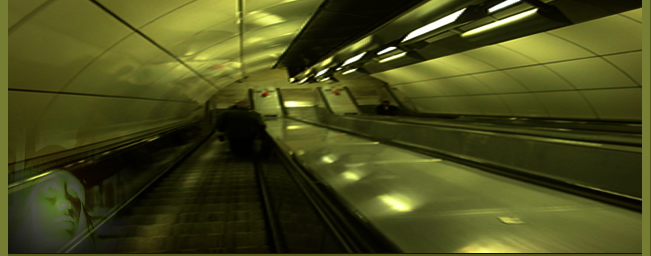.:: Linux Bible ::.
CAUTION
Up to this point, there's not much risk of damaging any data on your hard disk. Once
you make your disks writable, you have the potential for deleting or changing that
data. Keep that in mind if the computer doesn't belong to you or if you are not used to using Linux.
Regardless of which user you are logged in as, KNOPPIX does not prevent you from changing any
file in a writable hard disk partition.
Mounting Linux Partitions for Writing
KNOPPIX usually identifies all hard disk partitions and adds entries for each one in your
/etc/fstab file. If you click the icon representing that partition, the partition is automatically
mounted and a folder opens to the root of that directory.
The name of each partition (hda1, hda2, and so forth for IDE partitions; sda1, sda2, and so on for
SCSI disk partitions, including USB flash drives) is shown on the desktop icon representing each
partition. Hover the mouse pointer over the icon to see information about the partition's mount
point and device name. With that information, you can make any of those partitions writable by
following these steps:
1. Right-click the icon representing the hard disk partition you want to write to on the
KNOPPIX desktop. A menu opens, displaying functions available for that partition.
2. Choose the Change read/write mode option. You are asked if you really want that partition to be writable. Select Yes.
At this point, you can open the folder to the partition (hda2 in our example) or open a shell and
write to that directory (/mnt/hda2and any subdirectories). To make that change permanent (in
the KNOPPIX sense), you need to change /etc/fstab to add rw to the entry for the partition
so it is mounted read/write by default. Again, with the example of /dev/hda2 , an entry in
/etc/fstab to mount that partition read/write could look as follows:
/dev/hda2 /mnt/hda2 ext3 noauto,users,exec,rw 0 0.
With that change, simply typing sudo mount /dev/hda2 mounts the directory with read/write
permissions. You can save that change permanently, as described in the section "Keeping Your
KNOPPIX Configuration" later in this chapter.
